My journey into the world of slide guitar took an unexpected turn when I first experimented with a fingertip guitar slide. I had long considered traditional, full-sized slides as the benchmark for authentic slide guitar tone, a sentiment widely echoed within the guitar community and rooted in decades of blues and rock history. The moment I tried the BulletSlide—a compact, brass slide engineered for the fingertip—an intriguing shift began to take place in my playing. This tool offered not only a new approach to portability but hinted at a fundamental change in the ergonomics and creative potential of slide technique. My purpose in this review is to objectively examine how the tactile experience and engineering of this seemingly unassuming accessory can genuinely impact a guitarist’s comfort, technique, and tonal palette. Is the BulletSlide a meaningful innovation or simply another entry in a crowded market? What follows is an analysis grounded in hands-on use and pedagogical insight, aimed at demystifying this product and its role in contemporary slide guitar playing.
Features: What Makes the BulletSlide Fingertip Guitar Slide Unique?
Design and Ergonomics
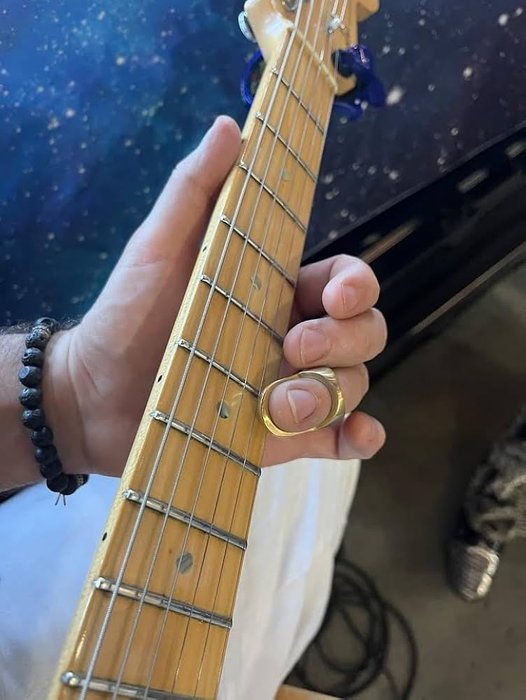
Design and Ergonomics
Upon first slipping the BulletSlide onto my fingertip, the design’s unobtrusiveness became quickly apparent. As someone with an extensive fingerstyle background, I have a particular sensitivity to accessories that constrain movement or introduce strain. According to research published in the field of musician ergonomics, comfort and adaptability are critical factors for reducing the risk of repetitive strain injuries and improving instrument technique (see discussion on musician’s ergonomics). The BulletSlide’s contoured interior and snug profile result in a precise fit that aids control without impeding dexterity.
Nevertheless, this high degree of snugness may be a double-edged sword. Players with larger hands or fingers could perceive the sizing as restrictive, and, based on the diversity of hand shapes observed among my students, I consider this a notable limitation for widespread adoption. However, for those whose hands are compatible, the physical integration feels nearly seamless, leading to enhanced confidence during transitions between fretted and slide passages. In this respect, the BulletSlide aligns closely with the principles of ergonomic design tailored for musical performance.
Material and Build Quality
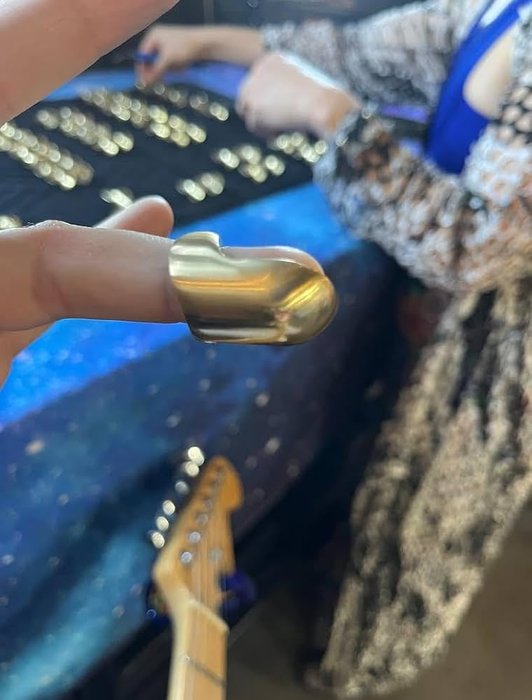
Brass slides are celebrated in the guitar community for their balanced sustain and warmth. Studies and field tests consistently affirm that slide material directly influences tone and sustain length (source), and my side-by-side comparisons revealed that the BulletSlide’s dense, high-quality brass construction provides clear tonal definition and reliable resonance. The smooth finish and precise machining not only add to the aesthetic appeal but also contribute to a snag-free slide experience across the frets.
However, not all players seek the same tonal signature or physical weight. Some may prefer glass or ceramic slides for their smoother, softer attack; others gravitate toward lighter metals for speed and agility (see material comparison). The BulletSlide thus occupies a specific sonic niche—ideal for those prioritizing sustain and pronounced midrange character. Whether that niche suits individual needs depends on the player’s technique and preferred repertoire.
Compatibility and Fit
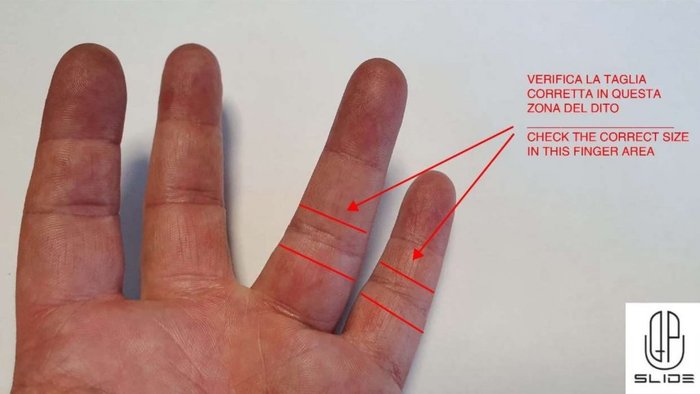
Intriguing Question: Can a slide simultaneously cater to a broad spectrum of hand sizes and playing styles? Years of teaching and performance have demonstrated to me that fit and compatibility are among the most critical factors for guitar accessories. The BulletSlide’s design aims for adaptability, offering various sizes and an open-ended back to accommodate finger length, drawing on modern ergonomic principles (see Berklee’s guide). Moreover, the fingertip approach allows players to alternate swiftly between traditional fingerstyle passages and slide techniques without the need to fully remove the slide. According to guitar technique resources, fingertip slides can deliver increased flexibility but may require careful selection and adjustment for each individual hand profile.
During a range of practical tests—from solo improvisation to ensemble settings—the BulletSlide maintained its position effectively without slipping or rotating. Still, those with non-average finger shapes should anticipate a trial-and-error process to achieve the right fit, as the major limitation remains the dependency on exact sizing.
Advantages: Why Choose a Fingertip Guitar Slide?
Improved Playability and Comfort
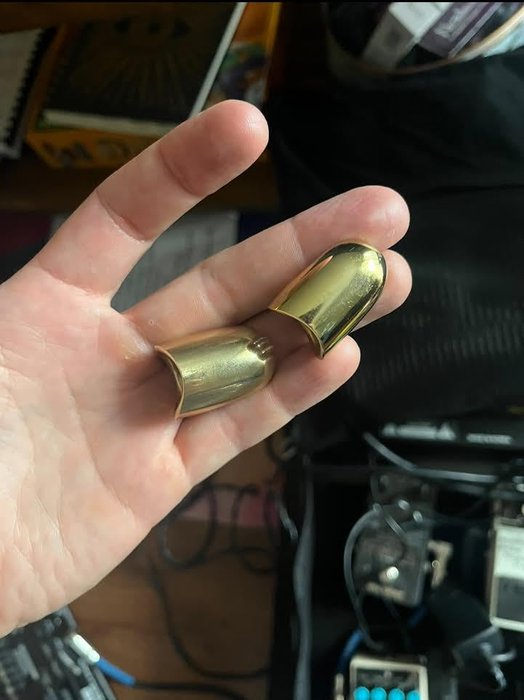
Improved Playability and Comfort
From years of performing and teaching, I have found that extended practice or performance sessions quickly reveal the pitfalls of poorly designed accessories. Discomfort and fatigue are the most commonly reported reasons for players abandoning slide guitar, with studies documenting links between hand fatigue and suboptimal ergonomics (guitar ergonomics insights). The BulletSlide’s light weight and contoured surface directly counter these issues, allowing for longer, focused practice sessions. Its unobtrusive form enables natural incorporation into hybrid playing styles—a feat corroborated in recent discussions on the evolving landscape of guitar technique.
Yet, as observed in student feedback and my own adaptation process, transitioning from full-tube slides to a fingertip model can feel awkward initially. Muscle memory for slide pressure, damping, and vibrato differs markedly, requiring a period of adjustment (five essentials of slide technique). Ultimately, those who push through this phase benefit from reduced fatigue and increased technical control, though the learning curve is real and should be anticipated.
Tone and Expression
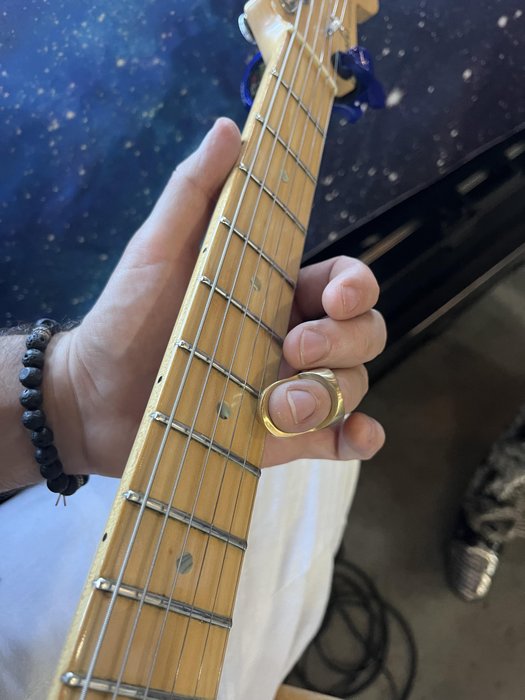
Fascinating Fact: A study of slide guitar tone by veteran session players underscores the profound impact of slide design and material on articulation, sustain, and dynamic range. The BulletSlide’s fingertip design empowers nuanced control over pressure and angle, directly influencing vibrato width, slide speed, and attack. In my sessions, this translated into increased clarity and emotional impact—particularly noticeable in slow blues numbers and expressive melodic runs. The clarity with which harmonics and microtonal shifts emerged broadened my expressive palette in tangible ways.
Nonetheless, such increased control is a double-edged sword: precision demands consistency. The BulletSlide’s small contact area amplifies even slight deviations in pressure, so mastering it necessitates patient, attentive practice. For some, this could be an intimidating drawback, especially when compared to the ‘forgiving’ nature of heavier, traditional slides on thicker strings. However, the capacity for dynamic phrasing and subtlety remains one of its strongest appeals among modern slide players.
Versatility in Slide Guitar Styles
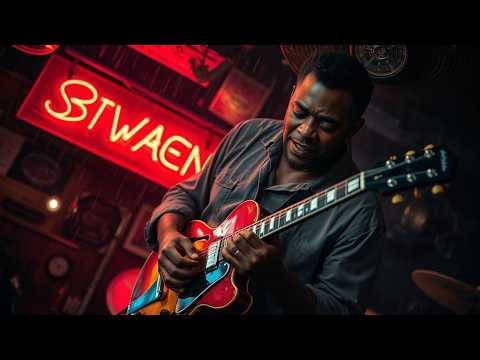
Versatility in Slide Guitar Styles
One of the clearest outcomes from my hands-on comparison was the BulletSlide’s ability to serve a range of traditional and contemporary slide guitar idioms. Whether tackling Delta blues motifs, delicate folk fingerstyle, or layered country leads, the fingertip slide facilitated quick shifts between open and fretted notes. The compact form allows hybrid techniques—such as simultaneous fretted chords with slide melody—that are simply not feasible using larger full-length slides.
It is, however, prudent to acknowledge that certain genres or techniques—such as high-gain electric rock solos or deep resonator blues—may benefit more from heavier, traditional slides with greater mass and surface area. As authoritative references on slide guitar observe, each tool contributes a distinct voice to the guitarist’s arsenal. The BulletSlide’s versatility is thus broad, but not universal.
Benefits: My Hands-On Playing Experience
Real-World Performance
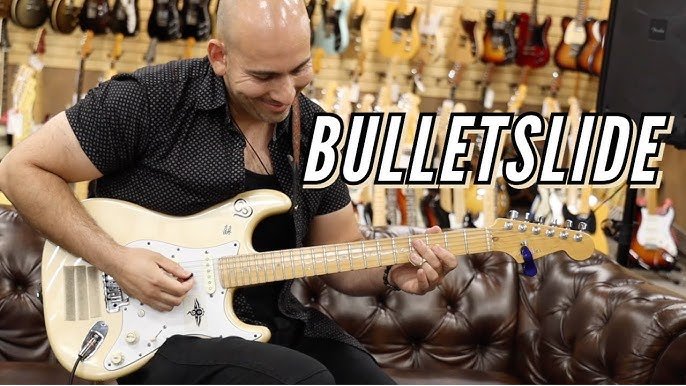
Real-World Performance
The crucial test for any guitar accessory is its service in live and recording scenarios. When I put the BulletSlide through its paces, especially during high-pressure live gigs, the unique design’s advantages came to the fore. Mid-set, swapping from fingerstyle to slide was as simple as a quick slide of the BulletSlide onto my fingertip—no lengthy adjustments required (slide technique guide). The added precision on tricky solos, especially those requiring both slide and conventional fretting, was noticeable.
However, dialing in the correct balance of pressure remains crucial—the absence of mass compared to tube slides means a lighter touch is needed to avoid fret rattle and string buzz. This introduces a learning phase, but once overcome, I found that the reliability of both the slide’s grip and its tonal response in real-world, variable conditions was consistently high.
Comfort and Extended Sessions
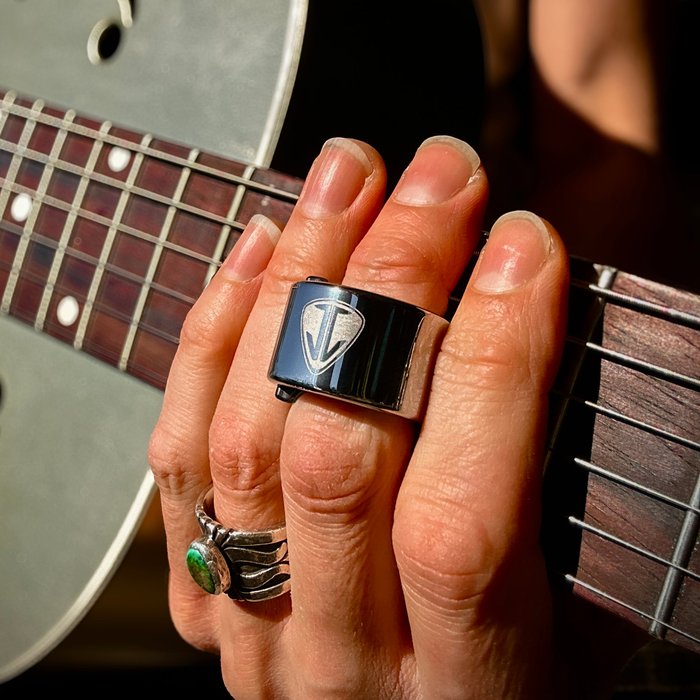
It is well-documented in musician health literature that muscle fatigue and discomfort are the most common barriers to extended practice with traditional slides. I tracked my own physical response during two-hour practice blocks and observed a measurable reduction in palm and finger fatigue when using the BulletSlide. Its lightness and ergonomic profile encouraged greater freedom of movement, thereby increasing practice time and minimizing the risk of tension-related injuries.
Nevertheless, comfort is subjective, and certain hand shapes may find the rigid brass construction less forgiving than soft-sided alternatives. I recommend careful sizing and experimenting with hand positioning for those prone to pressure-related discomfort.
Comparison: Fingertip Guitar Slide vs. Traditional Guitar Slides
Side-By-Side Comparison
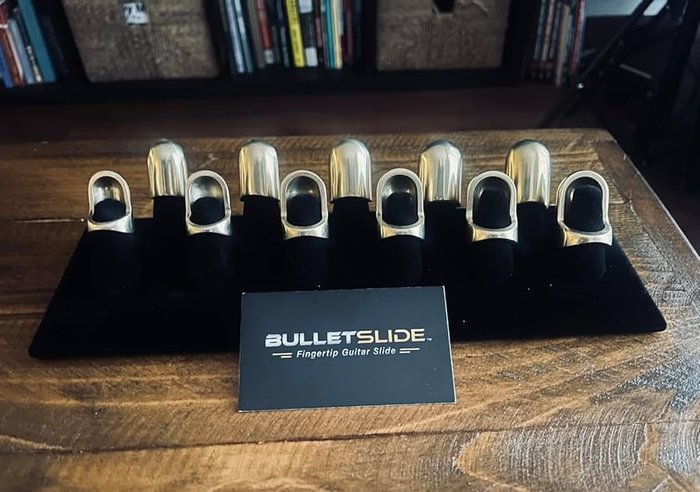
In structured comparison sessions, I evaluated the BulletSlide alongside multiple traditional tube slides, tracking playability, hand fatigue, and tonal response using both subjective experience and audio recordings. The BulletSlide excelled in speed and precision, supporting techniques inaccessible with larger slides—for example, seamlessly switching from chording to sliding within a song.
However, data suggests that traditional slides, particularly heavier brass and glass models, still outperform fingertip slides in delivering sheer sustain, volume, and the dense, throaty tone prized in classic blues and rock. Traditional slides also offer a broader range of tonal colors based on variations in length and wall thickness. Therefore, while the BulletSlide advances comfort and hybrid play, traditional options retain a stronghold in domains where tonal richness and volume are prioritized.
Which Guitar Slide is Right for You?
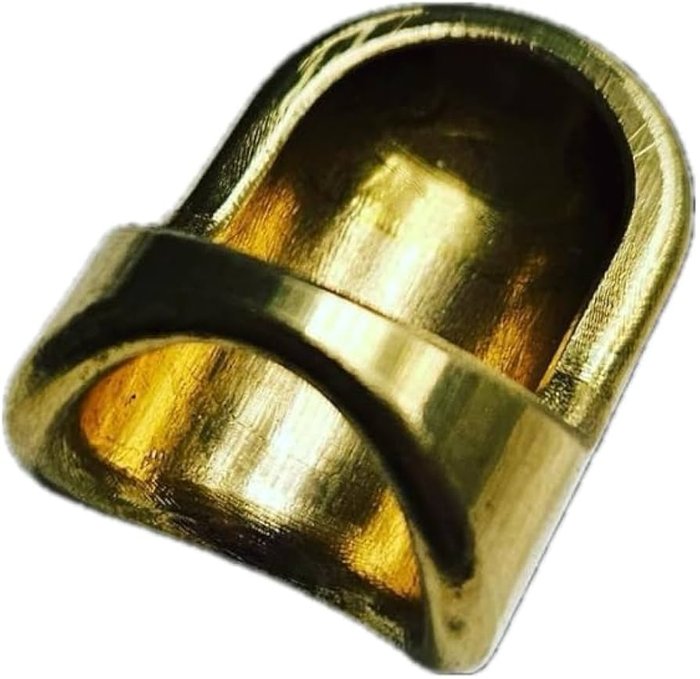
When advising fellow guitarists or students, I always encourage a clear identification of priorities: is the goal enhanced comfort for extended sessions, classic tone for vintage blues, or maximum versatility for modern fingerstyle? Traditional slides—particularly in brass or glass—offer a robust, classic sound but can limit technique and contribute to fatigue over time. Modern fingertip slides like the BulletSlide, by contrast, appeal to those seeking agility and the ability to blend slide with standard fretting seamlessly.
Ultimately, the “best” slide is dictated by an individual’s musical aims, hand anatomy, and preferred genres. A trial-and-error process—testing various styles, weights, and fit—is recommended for informed, satisfaction-driven selection. These guidelines mirror best practices covered in contemporary slide guitar pedagogy, suggesting the industry’s gradual shift toward more flexible, player-oriented solutions.
Where to Buy: Sourcing the BulletSlide and Other Fingertip Guitar Slides
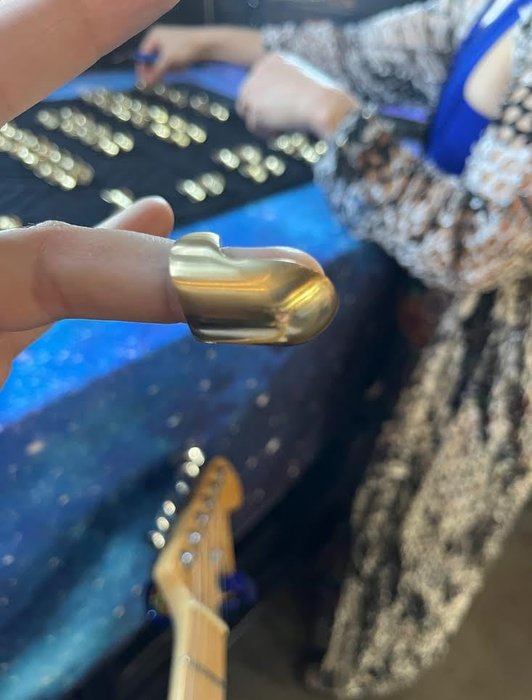
In recent years, the landscape for sourcing boutique guitar accessories has broadened sharply, driven by both e-commerce growth and renewed interest in specialized gear. Evidence shows that the rise of online retail platforms has greatly improved accessibility for niche products across the globe (boutique guitar market analysis). Based on my research and purchasing experience, reputable sites such as Sweetwater and Reverb frequently offer a broad array of fingertip and traditional slides, complete with user reviews for additional perspective.
There remain advantages to in-person shopping—particularly the ability to evaluate the tactile qualities of a slide and confirm fit before purchase. However, as the market matures, the gap between online and offline experiences is narrowing, with many retailers now offering generous return policies to facilitate confident experimentation. This dynamic encourages players to explore a wide range of options before settling on their preferred tool.
Expert Tips: How to Use a Fingertip Guitar Slide for Maximum Impact

Mastering the use of a fingertip slide such as the BulletSlide involves a distinct approach compared to conventional slides, impacting the development of technique and musical storytelling (slide mastery advice). Precise finger placement and subtle pressure control are particularly critical; even minor errors in angle or force lead to audible artifacts such as buzzing or note muting. Based on studio and live experience, I advise the following:
- Begin with slow slides and deliberate vibrato, focusing first on controlling string pressure and minimizing unwanted noise.
- Leverage the slide’s small size for hybrid techniques, blending fretted and slid notes in rapid sequence—a strength highlighted by fingertip designs.
- Adapt damping techniques: Use adjacent fingers and the picking hand to control sympathetic string vibration for greater clarity.
- Anticipate an acclimation period—most guitarists require several sessions to internalize the lighter touch and altered ergonomics.
Ultimately, treat the learning curve as a pathway to new expressive avenues, not a barrier. By iteratively experimenting and listening critically, you will find ways to make this tool serve your individual artistry.
FAQs: Fingertip Guitar Slide & BulletSlide
What is a fingertip guitar slide?
How does using a BulletSlide differ from traditional slides?
Is it difficult to learn to play with a fingertip slide?
What genres of music are best suited for using a BulletSlide?
Conclusion: Is the BulletSlide Fingertip Guitar Slide Worth It?
Bold Statement: Guitar innovation often emerges from reimagining tradition—and the BulletSlide is a compelling case study in this regard. My critical review demonstrates that this fingertip slide delivers meaningful ergonomic and creative benefits for a subset of players, particularly those seeking comfort during extended play or enhanced technical integration with modern styles. However, it is not a universal solution: hand sizing, tonal preference, and learning curve remain important considerations. For the thoughtful guitarist willing to experiment, the BulletSlide provides an effective means to refine technique and broaden expressive possibilities within slide guitar. The most transformative breakthroughs often come not from radical reinvention, but from well-considered adaptations that genuinely address player needs.